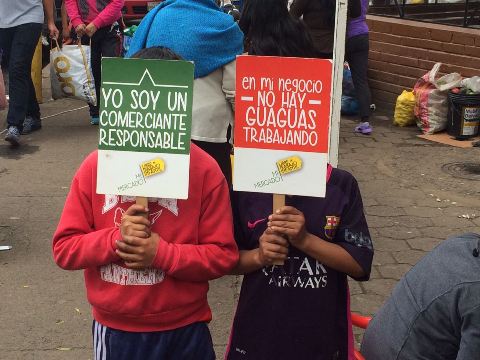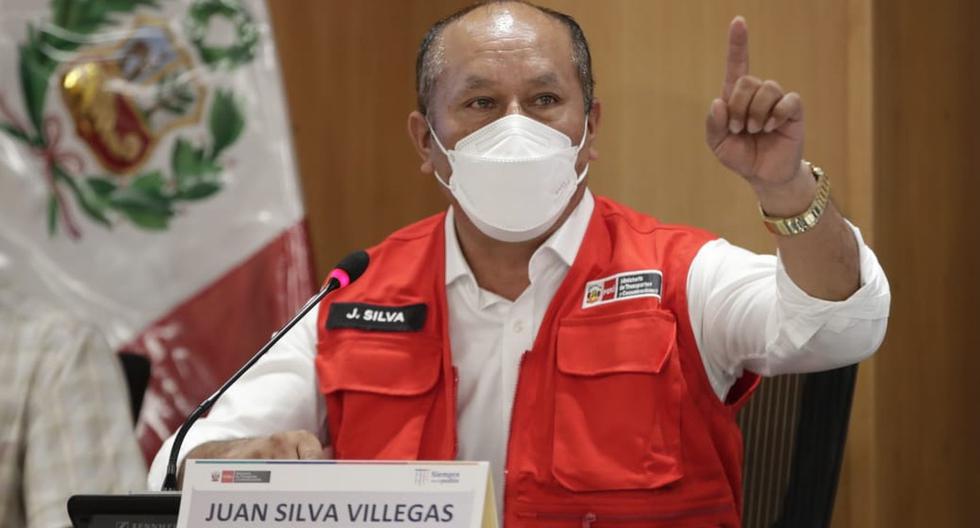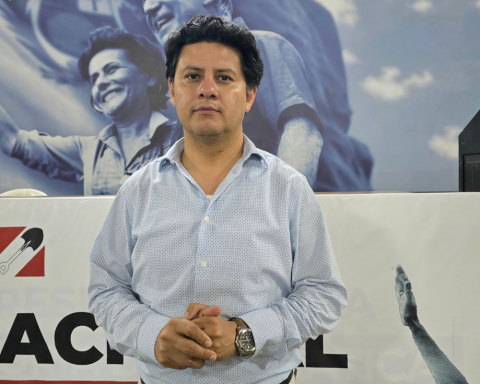The malnutrition rate in the capital is 27% higher than in the rest of the country. The Municipality has identified 16 parishes to intervene.
of the 65 parishes what’s wrong with it Quito16 have been identified by the Municipality as strategic points to combat chronic child malnutrition.
Added to this sectorization are the figures from the Secretariat Ecuador Grows Without Child Destruction, which details that in the capital, 28 out of 100 children under 2 years old They have nutritional problems. With this background, Quito has a higher rate (27%) than the national average.
Three axes of action
Since October 26, 2021, the strategic plan to combat child malnutrition in the capital has been carried out. Within the plan there are three axes of work:
- Identification of the percentage of children with chronic malnutrition.
- Determine the most affected parishes and intervene first.
- Extend to the entire city.
Among the 16 parishes with the highest prevalence of child malnutrition are Turubamba, Chillogallo, Guamani, The Algeria, quitumbe, The County, Cochabamba and San Isidro de El Inca. While in the rural area they are CovenantLoa, wow, nanegalito, Nono, Atahualpa and Calacali.
The intervention, as announced by the Municipality and the Central Government, should start this March 2022.
What will be done will be an early capture of children and pregnant and follow up so that they have adequate prenatal care, complete their vaccinations and promote breastfeeding.
As the work will be inter-institutional, it must also provide the Civil registration with data collection and rates of chronic child malnutrition, since since 2018 the figure has not been updated at the national levell.
poverty and overcrowding
The studies carried out in these months have determined factors that influence child malnutrition.
In the 16 parishes, the Municipality has identified that there is a higher population density and large families that live in overcrowding. To this is added that people do not access studies, which truncates the information that mothers and fathers should have about the correct diet during pregnancy and the first six months of life of minors.
Another problem is the lack of basic services, especially drinking water.
child labor
In the capital, official data also details that the highest incidence of children with malnutrition is in those who work together with their familiesin one of the 54 markets and centers from supplies.
For Albertina Cobo, a pediatric gastroenterologist, the children who work in the markets They have to do the work of loading and unloading food. “These jobs to supply the markets are often done at dawn, this demands more to their bodies. First, they shouldn’t do it, but also their feeding does not compensate this envelope effort“, Explain.
It is estimated that about 25,000 children work in Quito; of them, 71% are between 5 and 15 years old.
Uno de cada tres niños padece de desnutrición crónica infantil en Ecuador.
En Quito hay aproximadamente 53.000 menores con desnutrición, según la Secretaría Técnica Ecuador Crece Sin Desnutrición Infantil.
25.000 niños, aproximadamente, trabajan en Quito. El 71% tiene entre 5 y 15 años.


















